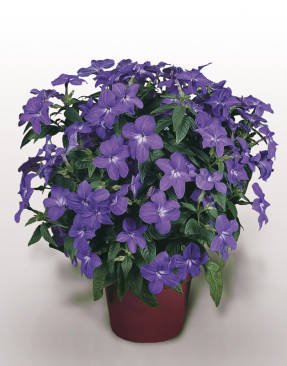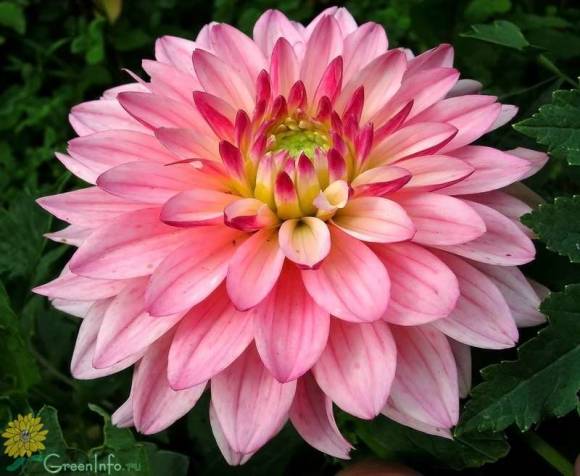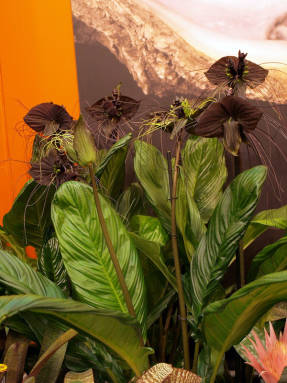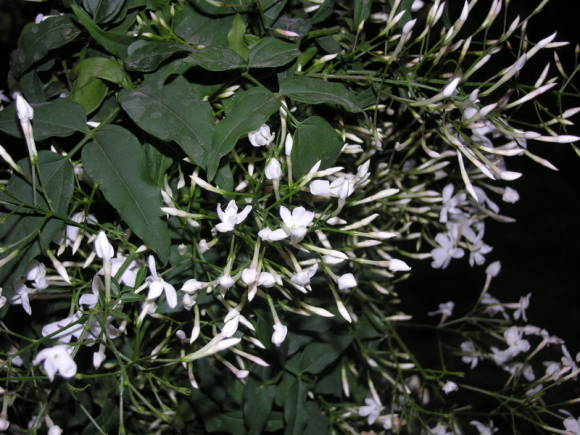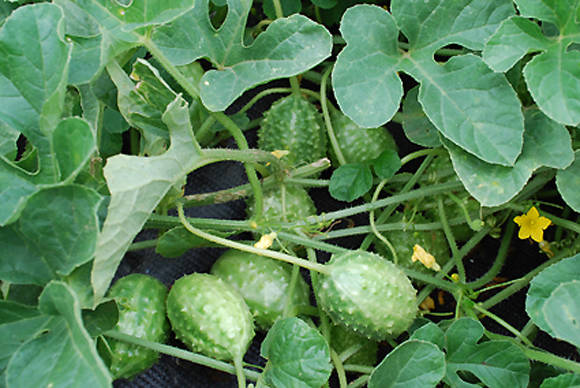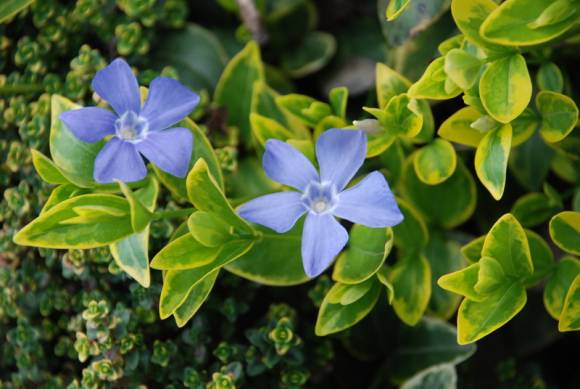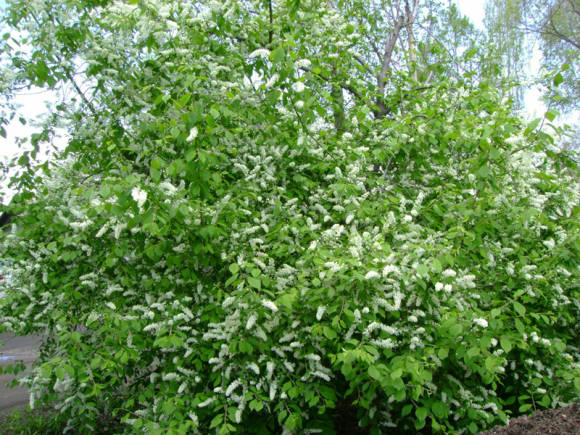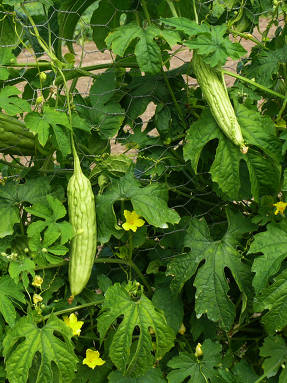
The ending. The beginning is in the article Fragrant rue is a herb of grace.
Ruta is used as a spice both dry and fresh. It goes well with marjoram, rosemary, sage, garlic and thyme.
Ruta was a very common spice in ancient Rome, in commonly consumed country-style dishes such as moretum - a spicy paste made from fresh garlic, hard cheese and herbs (coriander, celery, rue). The aroma of rue is strong, very characteristic bittersweet, it cannot be compared with any other spice. Despite its "complex character", rue is a wonderful and very unusual culinary herb that is a staple ingredient in many cultural dishes in the Mediterranean, Greece, Italy and Ethiopia. Used in very small quantities as it has a powerful punch and easily overwhelms the dish.
Fragrant rue is a very spicy herb. The bitter taste of this herb comes from the presence of rutin, a chemical also found in watercress, capers, and orange peels. Ruta is used in many Mediterranean recipes to add original flavor to fish, cheeses and meats. You will still find the rue used in Italian dishes, mostly among old Italian families, who have passed down family recipes from generation to generation. Because its flavor complements well with other herbs, rue is a great addition to those Italian recipes that require capers, marjoram, basil and lovage, such as various tomato sauces.
Like many other bitter spices, rue is used in some alcoholic beverages. In addition to stimulating appetite, bitter drinks have tonic, gastric and even choleretic properties, and they are all useful after a rich feast. One of the most common beverages containing ruta is Grappa Ruta, a strong Italian drink similar to brandy, which is made in Italy from the skins, twigs and seeds of grapes after the grapes have been pressed to make wine, and added to bottles. a small twig of rue.

But rue is most notable in Ethiopian cooking, where the leaves and fruits of this plant have been used for centuries to create the traditional highly popular spice mix called berber. But most importantly, today, like many decades ago, in Ethiopia, rue is used as a must-have addition to black coffee. In this country, rue leaves, like its seeds, are the most important ingredient in the preparation of traditional Ethiopian coffee. To do this, most often they simply cut a small twig with rue leaves from their garden, wash it and fill it with a hot cup of coffee. That's it, coffee is ready, you can drink it! The rue leaves give the coffee a very pleasant refreshing lemon scent. Connoisseurs and connoisseurs of this drink claim that whoever once tasted real Ethiopian coffee with rue will forever become its adherent, because there is no coffee more wonderful than Ethiopian coffee with rue flavor!
Ruta is also used to flavor Ethiopian yogurt, milk, and cheese. Here again, everything is very simple: a sprig or two rues are added to their yoghurt, milk or cheese and left, and over time this gives the product a new very pleasant taste. Ethiopian cuisine is also unique in that it uses not only the leaves of the rue, but also the dried fruits of the rue, with their more intense, slightly pungent taste, which is well preserved when dried. The dried fruit can also be added to roasted coffee beans and ground together to add flavor to the coffee. Ethiopians call the rue "tena Adam", which literally means "Health for Adam."

Ruta is also an important ingredient used in some sausages served in the Middle East, such as merguez.
Ruta fell out of widespread use in modern cooking primarily because our taste preferences have changed. In the past, using an herb to give a dish a bitter flavor, balancing sweet, sour, salty and hot flavors was very important, but today it is not. And yet, the root is definitely worth a try! Meat, eggs and cheese can profitably change their taste in conjunction with this now almost forgotten spice, of course, provided the correct dosage.
Ruta can make a simple salad taste more interesting and sophisticated. The bitter taste is perfectly softened by acids, so rue leaves can be used to flavor pickled vegetables, or add a very personal flavor to homemade herbal vinegar.
Since rue leaves release essential oil much faster than bitter rutin, to reduce the bitterness of this herb, extract only the oil from the rue leaves by adding them for a few minutes at the end of cooking when your sauce or soup has reached a gentle boil. After a minute, remove the leaves and discard as you would with bay leaves. This will maximize the original flavor of the rue, keeping its bitterness to a minimum.
While rue is considered by many to be outdated and old-fashioned, there are many reasons to grow this wonderful ornamental plant in your garden. In addition to its many practical and cultural uses, it is an unpretentious and beautiful, flowering perennial with decorative blue-green foliage. It acts as a natural remedy for insects, wildlife and cats and dogs and has a strong citronella-like scent. Ruta leaves will add an original contrast to your garden. The possibilities of this versatile herb are endless, just know its features, respect its character and nothing will interfere with your friendship with it!
